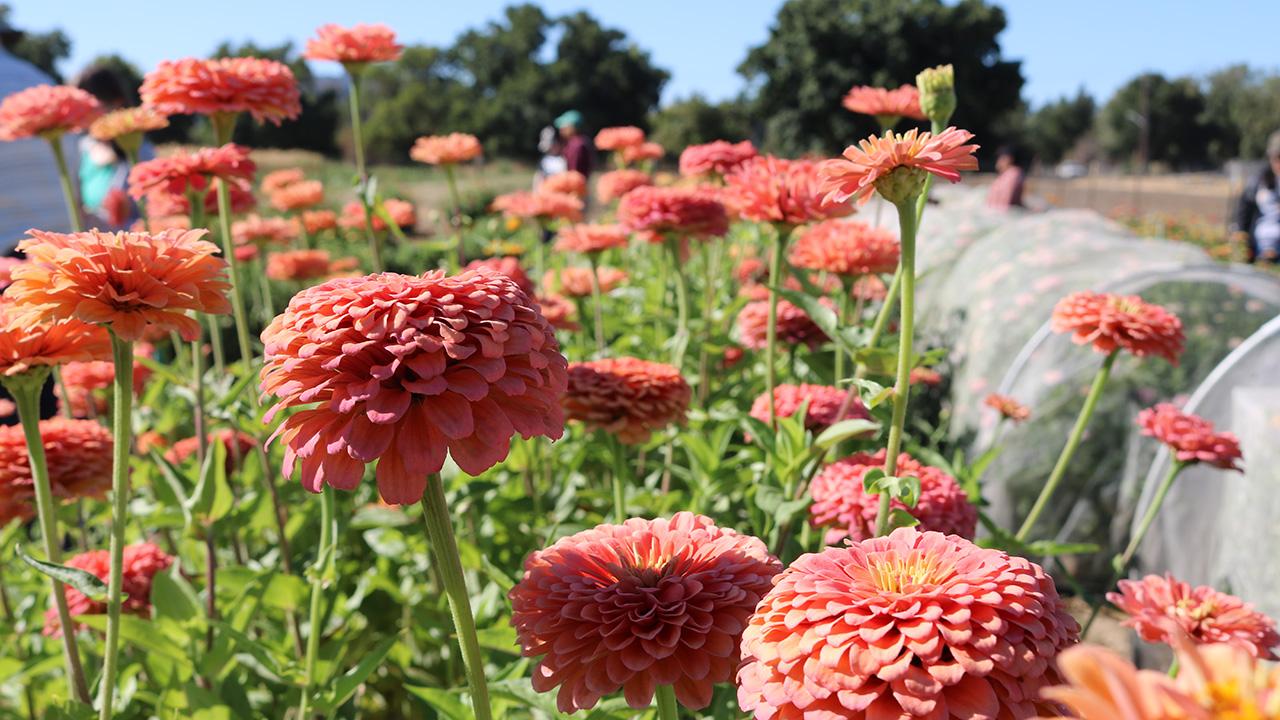
SCOPE to release new zinnia, tomato, wheat varieties
And the winner is… Shirley!
Quick Summary
- During the field day, SCOPE researchers also reported on progress in field trials with celtuce and sweet potatoes.
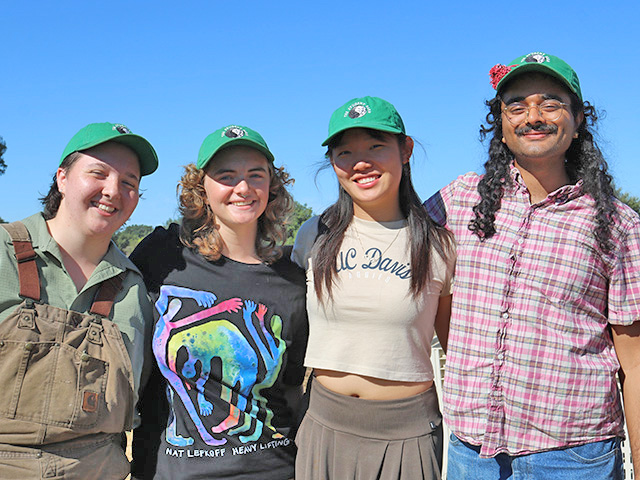
It was a tough contest, as the judges wrestled with competing qualities of color shade, petal shape, pistil complexity, stem length and disease resistance. But finally, the zinnia variety dubbed Shirley came out on top.[S1]
Orange Creamsicle and Rockin’ Roma tomatoes and wheat in shades of charcoal and blue are more of the winning crops that are being developed by UC Davis’ student-led breeding program and are expected to be available soon for organic farmers. Leaders in Student Collaborative Organic Plant Breeding Education, or SCOPE, presented the winners and some gorgeous runners-up at a recent field day on campus. Students also presented updates from research on celtuce, sweet potatoes and more crops being developed and tested for organic farms.
Offering their applause, bees buzzed over thousands of flowers, while roosters crowed in the distance.
Farmers are invited to join in. Those interested in cooperating with field trials on their land are encouraged to contact SCOPE at scope@ucdavis.edu
The SCOPE program is funded by a grant from the National Institute of Food and Agriculture, which was established by Congress and overseen by the United States Department of Agriculture.
Winning zinnias coming soon
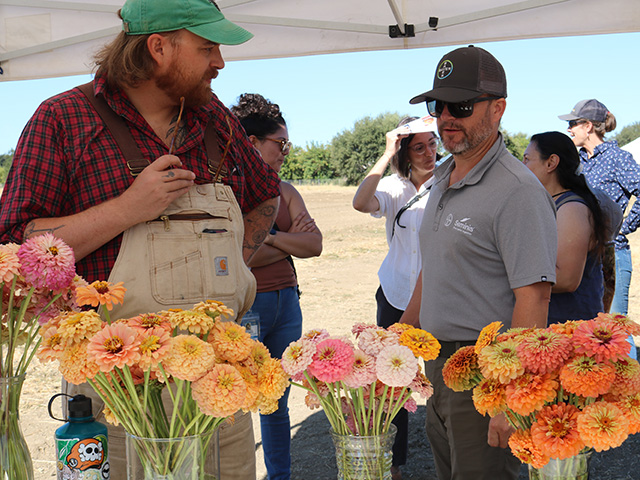
Shirley and other zinnia finalists offer both vivid and pastel shades, bi-color flowers, variety of petal shape and size, longer life in a vase and better resistance to disease such as powdery mildew. Traits have been chosen based on feedback from farmers.
“Shirley is taller than most and has bigger flowers, some of the biggest,” said student lead Will Hazzard, a doctoral student. In the breeding process, “we were really struck by the orange, and it ended up being one of the best ones.”
Zinnias offer many benefits: Small-scale farmers can use them to diversify their products with a high-income crop. They’re becoming a hit in the floral industry, with creamy-petalled varieties popular for wedding bouquets. At farmers’ markets, shoppers love the brighter-colored, bigger-flowered varieties, said Laura Roser, SCOPE coordinator.
Trials continue, and program leaders are working to scale up seed production. When Shirley and most other varieties are approved for release, the program can move forward with making them available for commercial use, said SCOPE director Charlie Brummer, a professor in the department. That could come in the next year or two, Roser added.
Seeds for tempting tomatoes
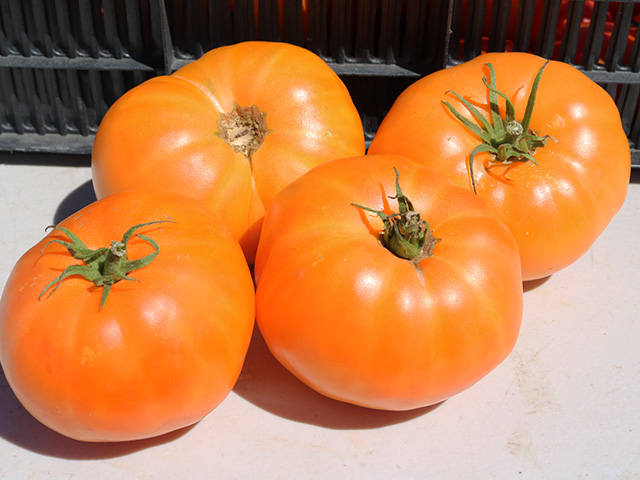
Of the leading tomato varieties, Orange Creamsicle is a spectacular slicer laid on a sandwich, with a pleasantly tart taste and smooth finish. Rockin’ Roma is a roma-type tomato with good taste and firmness, and balanced acidity.
Master’s student Michele Nalle recently took over leadership of the tomato project, after co-leads Marie Klein and Luis Salazar graduated with their doctoral degrees.
Seeds for the winning tomatoes could be available as soon as next spring, Roser said.
Winning wheat in catchy colors
The SCOPE program continues to develop specialty varieties of wheat with exciting colors: charcoal, blue and purple. “We plan to release two or three of these in the next one to two years,” said Ali Said Yusuf, graduate student lead for the wheat breeding program.
Students are breeding to resist lodging (when plant stems fall over due to wind or other pressure) and improve yield.
As part of the program, students provided stone-milled wheat. Program supporters include the California Wheat Commission, and on hand were Claudia Carter, executive director, and Alejandra Andrade, the commission’s lab manager. They used the wheat to prepare 50-percent whole-wheat crusts served at the conclusion of the field day. The flavor was rich, full and slightly nutty.
“It’s not your typical crust,” Carter said. “Plus it’s good for you and has more fiber.”
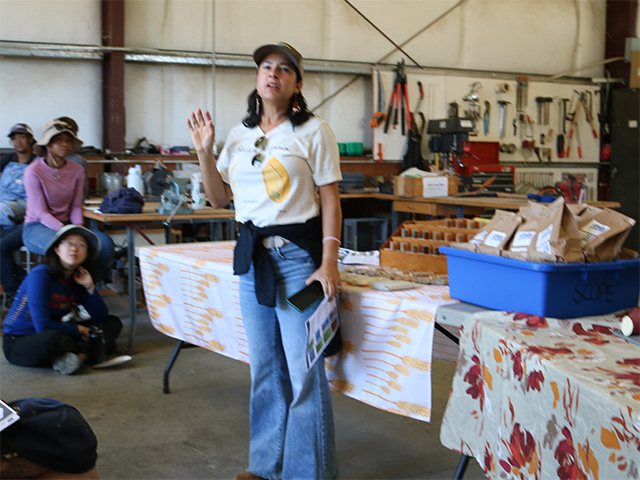
Celtuce for all seasons
The SCOPE team reported on results from the year’s research in the Asian specialty crop celtuce, which included 10 on-farm trials during fall and spring in California, Colorado and New York. The leafy green is grown primarily for its succulent stem, but the leaves also are tasty.
Students are collaborating with partners to breed new varieties for better flavor, new colors and leaf shapes, and traits that extend the growing season. Partners include farmers in Second Generation Seeds, promoting Asian-heritage crops, and Prof. Ga Young Chung of the UC Davis Department of Asian American Studies, who is advising the project.
Learn more about SCOPE’s celtuce research here.
Emily Chung is the outreach and on-farm trials coordinator. Growers who would be interested in collaborating can reach Chung at scope@ucdavis.edu.
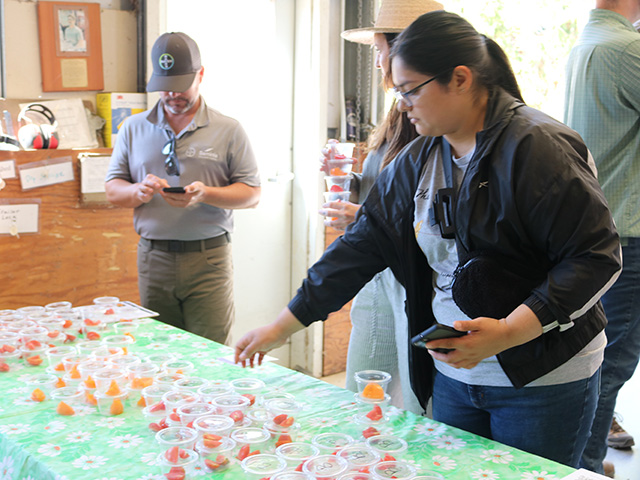
Sweet potatoes: Yummy and plentiful
A great sweet potato offers consumers a symphony of delicious flavor and delightful texture, plus a feast for the eyes when piled on a plate. That’s in part why sweet potatoes are the No. 5 most-valuable organic crop in California. Yet, there is no breeding program based in the state, leaving more to be done to push breeding forward, said Travis Parker, an assistant professional researcher in the Department of Plant Sciences.
“The orange-flesh types have good field qualities,” Parker explained. “While purple varieties are not as productive and have other limitations, people love them for culinary and visual appeal…
“There’s an opportunity here,” Parker added. “We’re combining the best of these qualities.”
To explore the possibilities, SCOPE team members in the past two years have planted field trials with breeding materials in cooperation with Merced County Cooperative Extension and Louisiana State University, where breeding is now based.
They started by testing 45 types of sweet potatoes in organic farms to see how well they grow. Then, the team asked a focus group of mostly Asian and Asian-American students (because it’s an important crop in Asian cuisines) to taste them and say which ones they liked best. But, no single variety was the best at both growing well and tasting great, according to a study the team published in 2023. Each had strengths and weaknesses.
Now, the team’s goal is to combine less-common but yummier varieties with commercial types that grow well on the state’s organic farms.
Their work could grow a feast for farmers: California is the nation’s top producer of organic sweet potatoes, growing more than half the country’s crop, according to the United States Department of Agriculture.
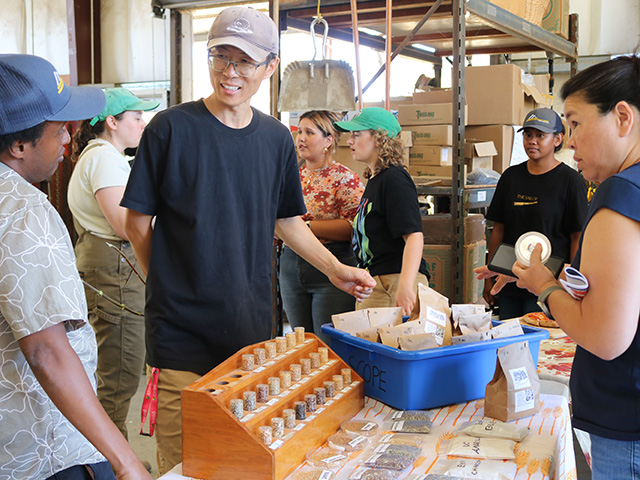
Related links
- Learn more about the SCOPE program here. It stands for Student Collaborative Organic Plant Breeding Education and is directed by Charlie Brummer, a professor in the Department of Plant Sciences and director of the UC Davis Center for Plant Breeding.
- To contact SCOPE for more information or to collaborate in field trials on your farm, email to scope@ucdavis.edu
- Read more about Shirley and its companions in the zinnia world here.
- Read more about tempting tomatoes being developed here.
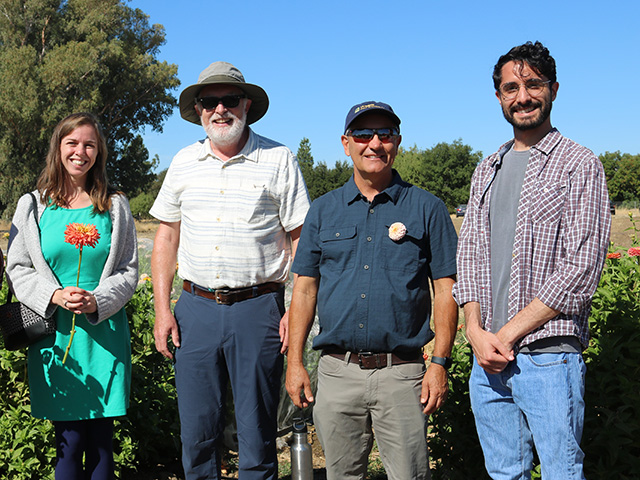
Media Resources
- Trina Kleist, UC Davis Department of Plant Sciences, tkleist@ucdavis.edu or (530) 601-6846 or (530) 754-6148.
